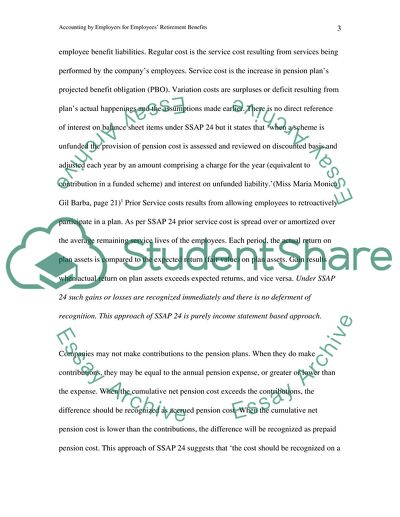Cite this document
(Accounting by Employers for Employees' Retirement Benefits Assignment, n.d.)
Accounting by Employers for Employees' Retirement Benefits Assignment. Retrieved from https://studentshare.org/human-resources/1719373-accounting-by-employers-for-employees-retirement-benefits
Accounting by Employers for Employees' Retirement Benefits Assignment. Retrieved from https://studentshare.org/human-resources/1719373-accounting-by-employers-for-employees-retirement-benefits
(Accounting by Employers for Employees' Retirement Benefits Assignment)
Accounting by Employers for Employees' Retirement Benefits Assignment. https://studentshare.org/human-resources/1719373-accounting-by-employers-for-employees-retirement-benefits.
Accounting by Employers for Employees' Retirement Benefits Assignment. https://studentshare.org/human-resources/1719373-accounting-by-employers-for-employees-retirement-benefits.
“Accounting by Employers for Employees' Retirement Benefits Assignment”, n.d. https://studentshare.org/human-resources/1719373-accounting-by-employers-for-employees-retirement-benefits.


